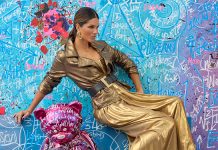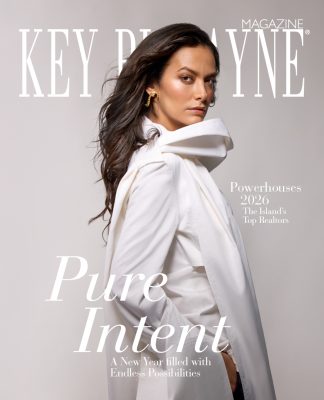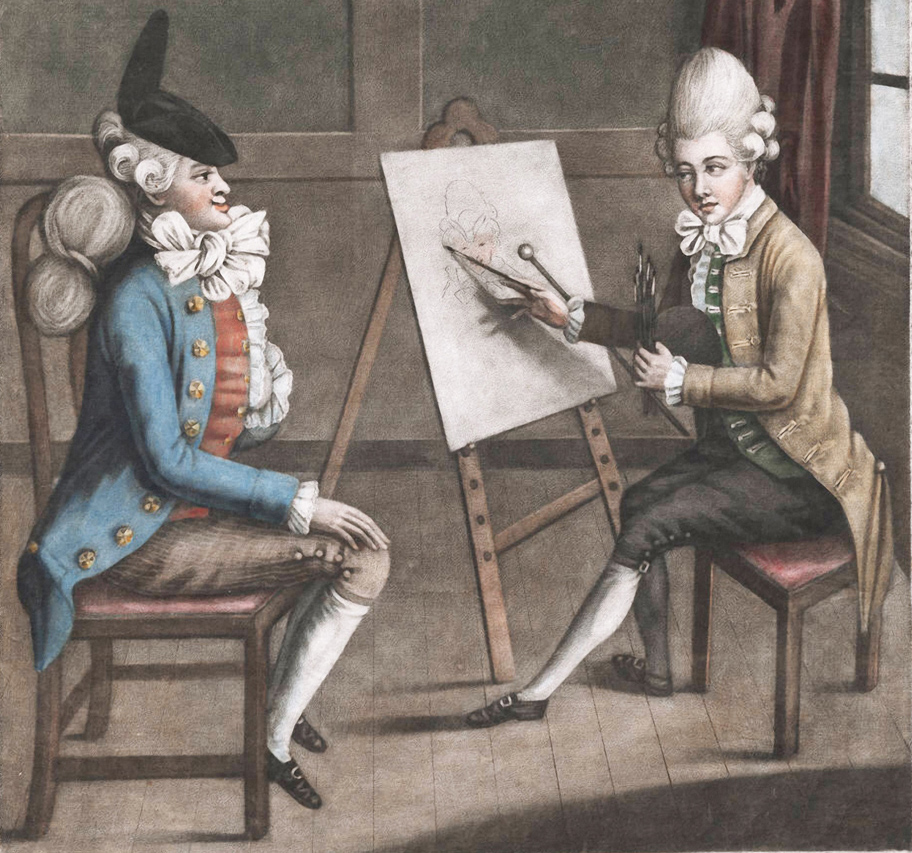
The Ziti Men
Anyone’s who’s attended a high-society Miami event can tell you, among the many glittering, glamorous inhabitants tastefully draped in stunning, if sensible, evening wear, there are always a smattering of fashion “influencers” intent on taking their clothing choices much, much too far. From frankly unappealing excesses of decolletage to men who should NOT wear strange hats insisting against common sense and opting to wear said strange hats regardless, there are always a spectacular few intent that in one’s clothing choice, nothing succeeds like excess. Perhaps the earliest iteration of this particular inclination, 18th Century England’s world-travelling “Macaroni Men” took the dandiest fashions of Italy to a near-unwearable limits. Known most particularly for perching small hats on top of titanic wigs, the Macaroni fashion extended even to their speech patterns, purposefully robbed of any particular masculine affectation.
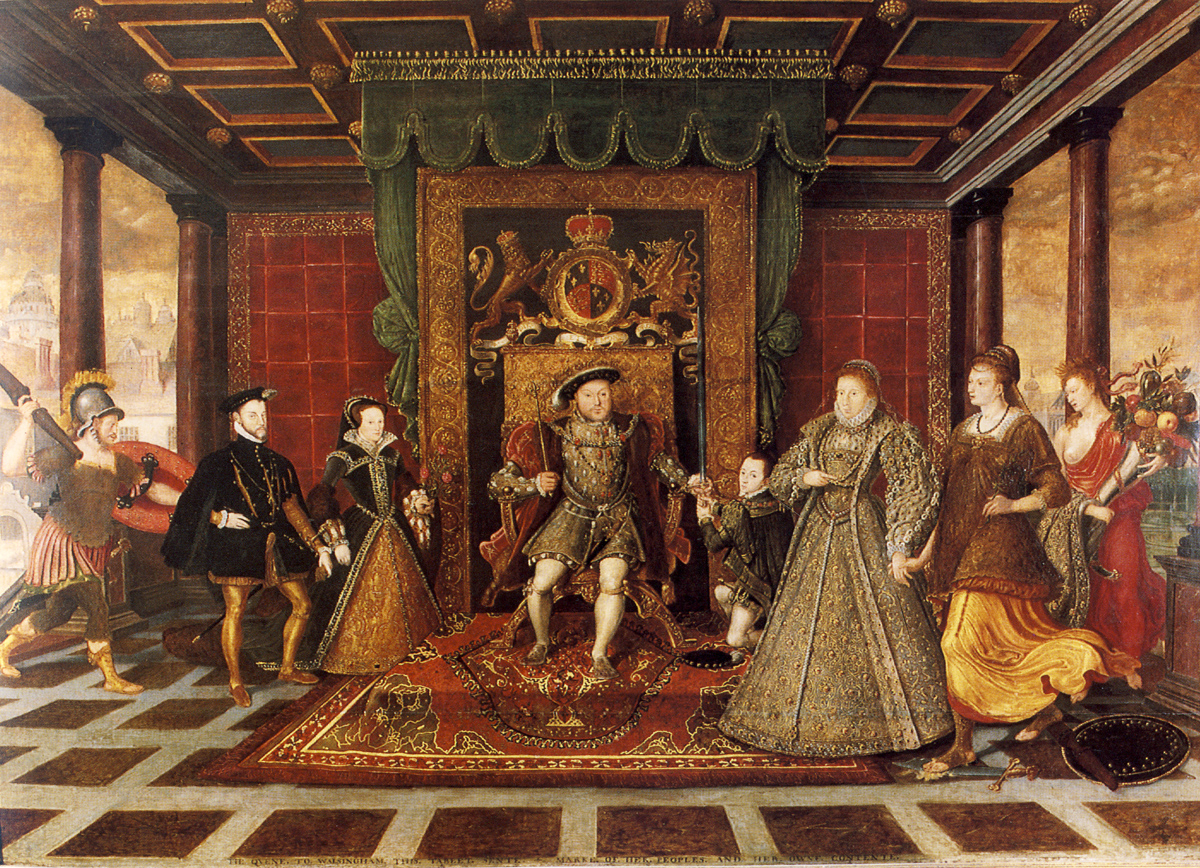
Bombasts Away
While fashion trends of the past certainly appear odd, it’s rare that they stand in such stark contrast to the norms of today. But such was the case with the shoulder-shrugging Elizabethan affectation known as “bombasting.” Instantly recognizable in 16th Century portraiture, bombasting was a padding technique used to give both women and men the illusion that their upper arms looked as large as legs of mutton. That’s right, folks; that upper arm jiggle that society spends millions each year to laser, freeze or envision away was considered an attractive indicator of prosperity in the salons and throne rooms of aristocratic England. Men also used that particular padding to give the appearance of large bellies.
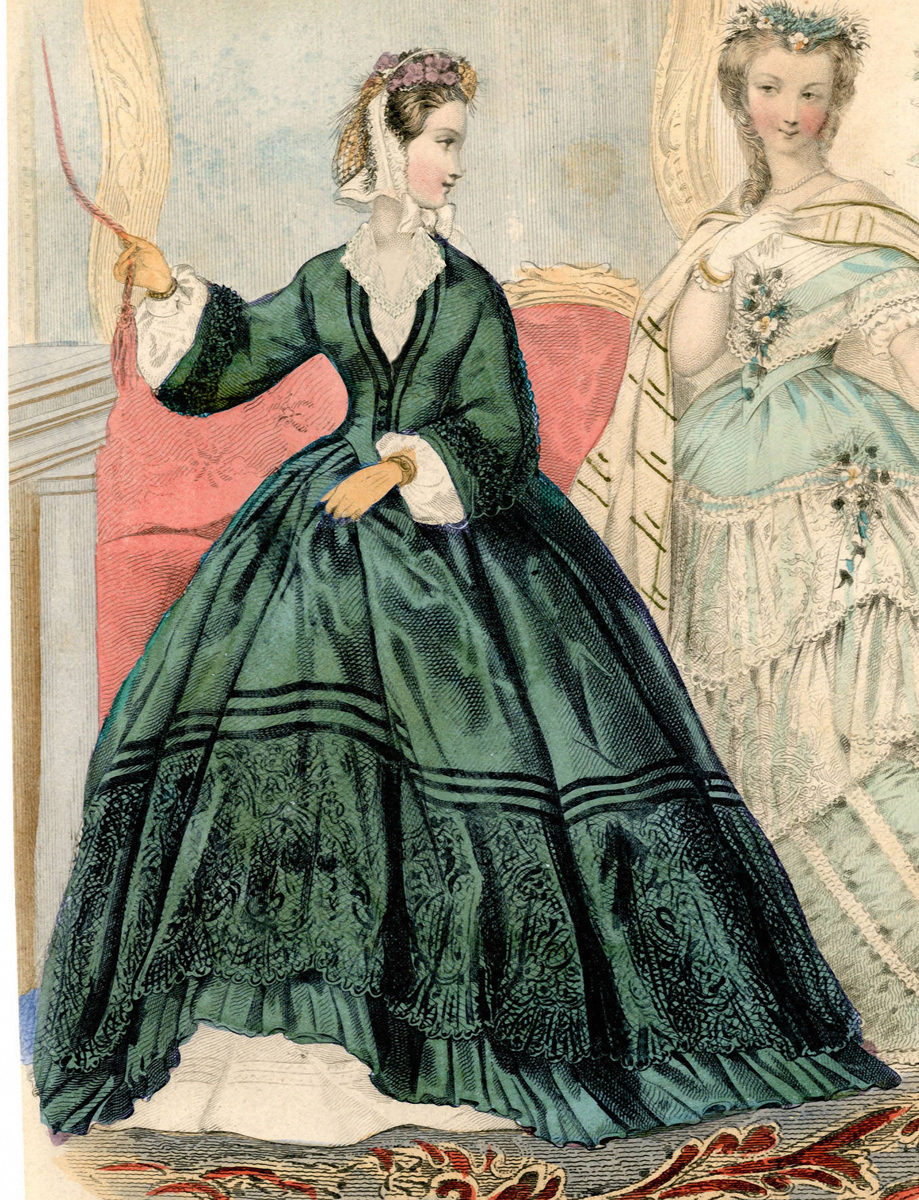
A Dress To Die For
Truly proving that there’s nothing people won’t sacrifice to look their “best”…perhaps the most alarming vogue to vex human history is a number of dresses made literally out of poison! An era known for its many and varied access to a wide variety of hues, the most popular color for young women to wear in the Victorian Era was bottle-green. The only downside to this popular pallor? It required large amounts of arsenic to reproduce. Worn only for specific occasions, and put on only for hours at a time, we still can’t help but think that maybe ladies of that time might have preferred to wear literally anything else.
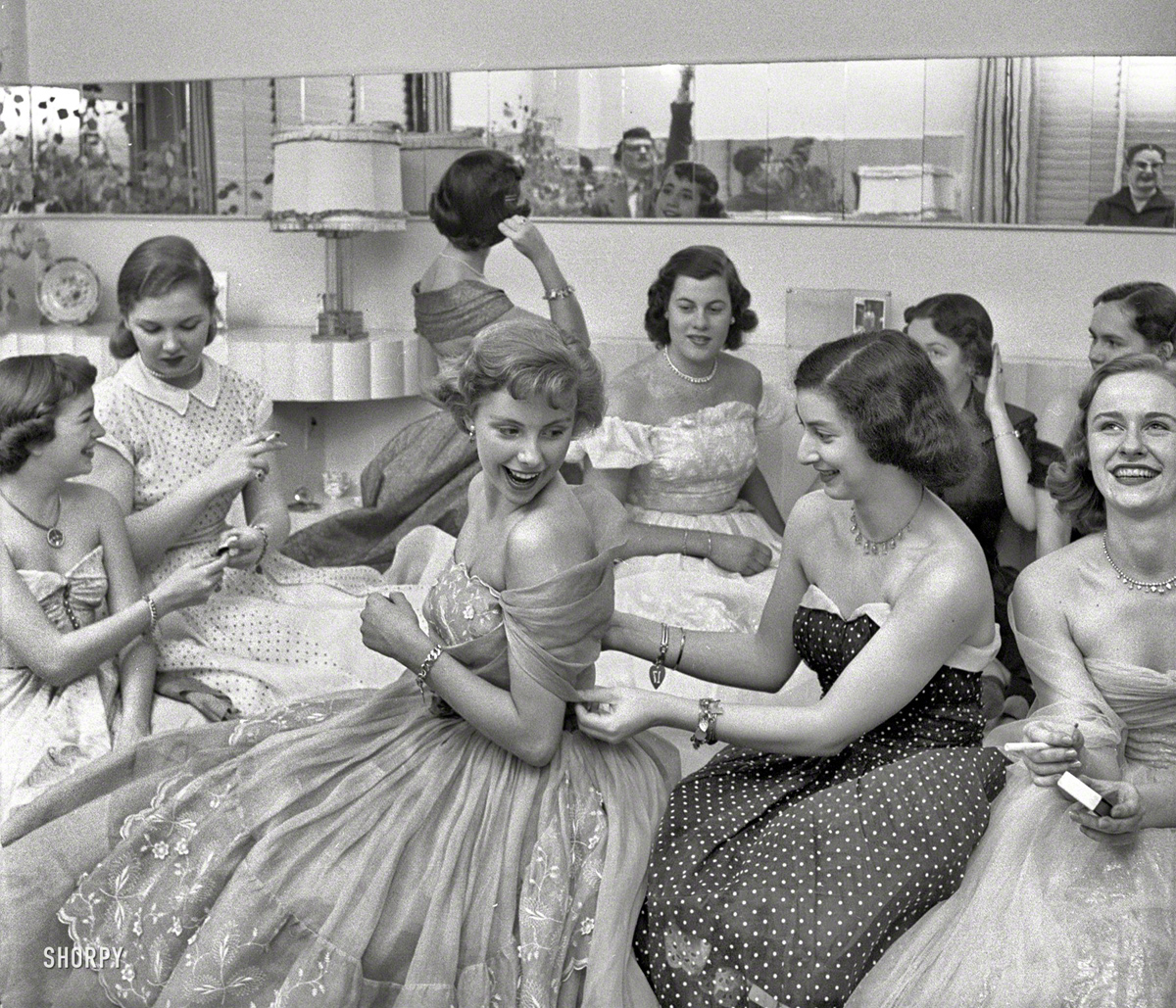
Fully Loaded
Brought to pop-art pre-eminence by Madonna via John Paul Gaultier’s genius design, the ‘50s bullet bra always seemed a noodle-scratcher, ensconced as it was in an era known for its Leave It To Beaver approach to human sexuality. Originally developed due to developments in mid-century sewing techniques, classic sexpot movie stars such as Marilyn Monroe, Betty Page and the like adopted the look in tandem with the era’s signature skintight sweaters to enhance their voluptuosity. A steady and steaming trend for a solid decade, pointy bras went out of fashion as the late 1960’s and ‘70s women’s liberation movement gained steam and bras across the world were set ablaze.
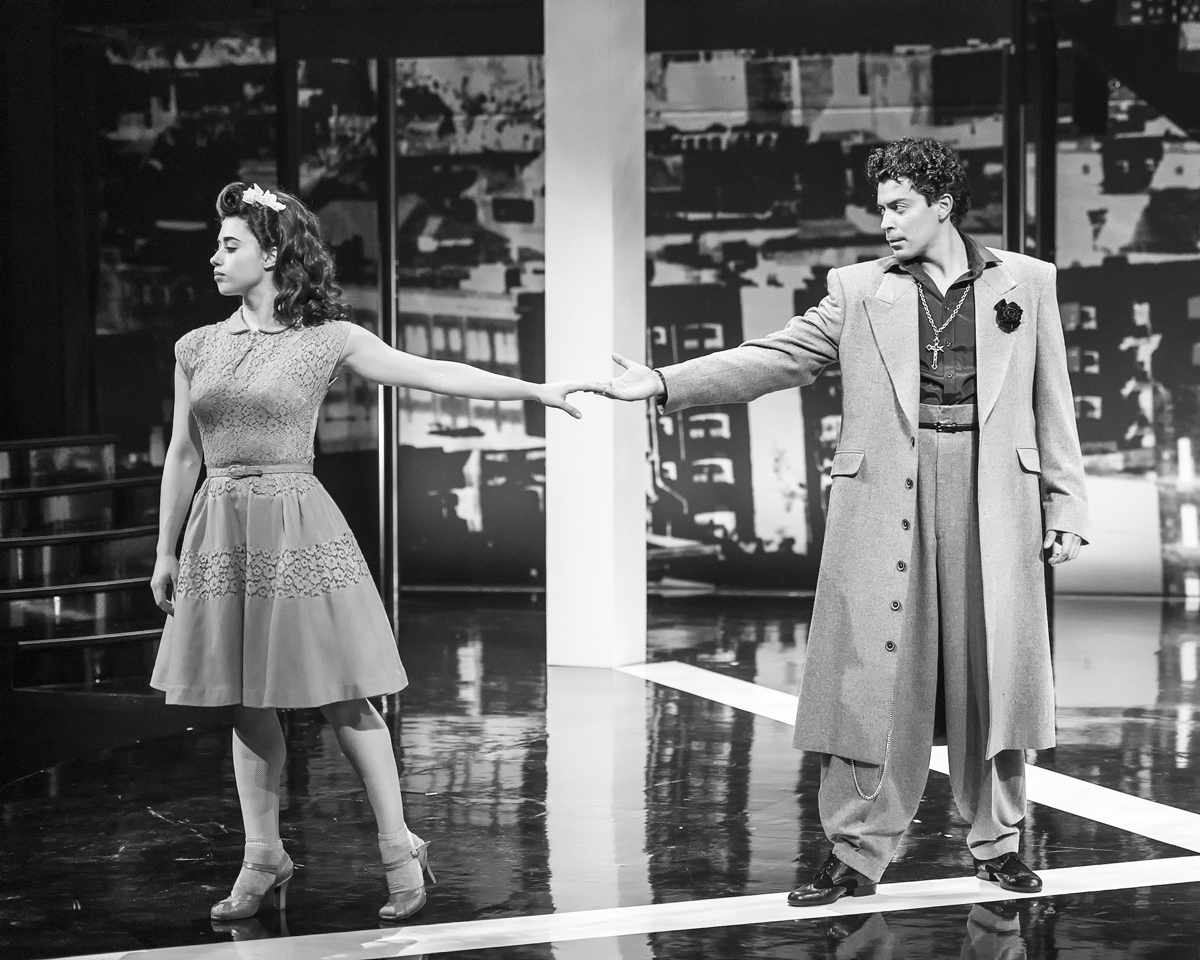
Large And In Charge
Perhaps never appearing stranger that in the ultra-tight era our street fashions currently inhabit, the one way to ensure you appeared someone nobody wanted to mess with in the 1940s was to wear a suit constructed of enough fabric to reasonably clothe the morbidly obese of just about any time period. A sign of swagger among African-American and Hispanic inner-city communities in the World War II era, Zoot Suits were a pointed sign of prosperity in a period known for its rationing and austerity. Often topped with a fedora, long feather and wingtips, Zoot Suits were gradually phased out as people realized they looked super ridiculous.







